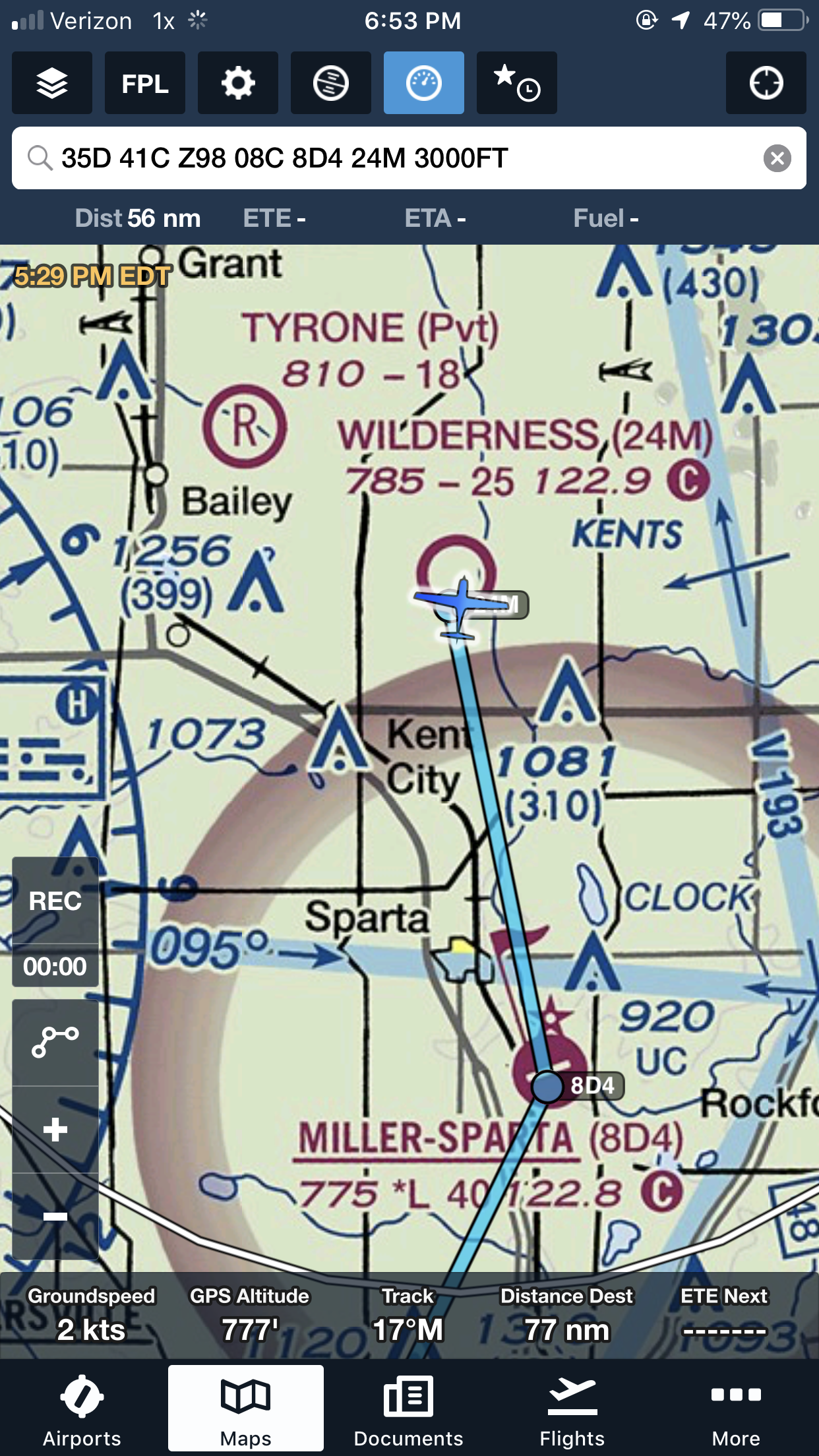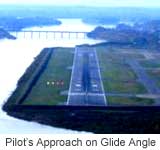Check out the webinar I did for Sporty’s (www.Sportys.com) on Tips and Tricks to Pass Your Checkride …
You can also find many more videos from Sporty’s on their YouTube channel at:
Check out the webinar I did for Sporty’s (www.Sportys.com) on Tips and Tricks to Pass Your Checkride …
You can also find many more videos from Sporty’s on their YouTube channel at:

Sometimes, it’s better to put a plane on the ground.
It can be a hard decision, but on a recent Friday it was the exact right decision.
Flying around for the afternoon with a friend in Charlie, we found ourselves near a beautiful grass strip (24M) northwest of Grand Rapids, MI when we experienced a loss of power.
It wasn’t a big loss, only a couple hundred RPM. But Charlie just wouldn’t push full power anymore.
She was still running smooth and a quick check of carb heat and magnetos showed no change. But something just felt wrong. So, being by an airport, we made a landing and gave it a little more run up on the ground to try to see if anything else could be identified.
It couldn’t.
Getting late in the day and with no problem solution immediately available, we started calling friends for a ride back home after deciding to leave Charlie for at least one overnight of camping at a new airport.
While we waited for a ride, we were greeted by a resident of the airport who was extremely helpful, even getting Charlie a spot in a hangar on the field the next day for us as I worked to get back to Charlie with a mechanic to see what we could find. Aviation really is a pretty special community. When someone needs help, I have with extreme rare occasions not found it readily offered when available. Continue reading
Every major holiday weekend in the summer, starting with Memorial Day, including the Fourth of July, and ending with Labor Day weekends results in higher than normal General Aviation accident rates.
It happens every year. Without fault.
Folks I know in the FAA and the NTSB get put on call for the inevitable weekend warrior pushed it too far into IMC, or strong crosswinds, in a plane they haven’t flown in months, or even years, because they “just had to get to the cottage,” or “Uncle Jimmy’s fireworks extravaganza,” or whatever excuse and major pressure they felt to fly.
Wanting to “get there” should never be a pressure to make us fly when we aren’t proficient, haven’t flow regularly, or are going to need to push our aircraft or weather allowances to limits that are of greater risk. But it happens regularly.
None of us want to hurt ourselves, our friends, or our family. So we have to think critically before we head off on our holiday weekend plans in our aircraft.
If you are in any doubt at all, mitigate the risks. Get some currency training before the weekend. Adjust your flight plans to avoid weather, crosswinds, or airports that demand greater skills such as short grass runways.
Another option, and one that won’t kill you, is to just not fly if the conditions or your recent experience make it questionable whether you should. It’s ok to say no. Pride aside, dead is always worse than making the decision to drive, or just not go. This may sound blunt or crass, but it sadly happens every year around the country.
So, with this season’s first major holiday weekend approaching quickly, make yourself a promise not to be the pilot that the FAA or NTSB folks on call need to come out to interview, or worse, send off to the coroner.
 Imagine its an IFR day, not terrible down to the minimums IFR, but certainly IFR enough that you need to establish on the approach, transition beyond the final approach fix, and expect to break out somewhere along the approach to a visual landing.
Imagine its an IFR day, not terrible down to the minimums IFR, but certainly IFR enough that you need to establish on the approach, transition beyond the final approach fix, and expect to break out somewhere along the approach to a visual landing.
You may be flying an ILS or LPV with a glide slope that keeps you descending along a path. But when you break out, do you continue flying that, or do you transition to a visual glide path?
If you are like most of us, you transition largely to a visual completion of the approach, while at the same time trying to generally fly the glide path and laterally course.It’s natural to want to use your own eyes to finish the approach once the runway is in sight.
As long as you can keep the runway in sight, this is a good plan. However, there is one thing that during daylight approach many pilots forget to do.
Turn on the runway lights! Continue reading